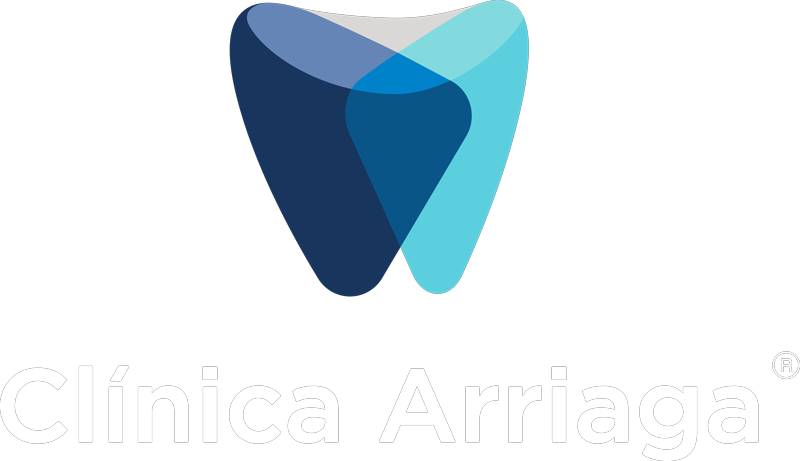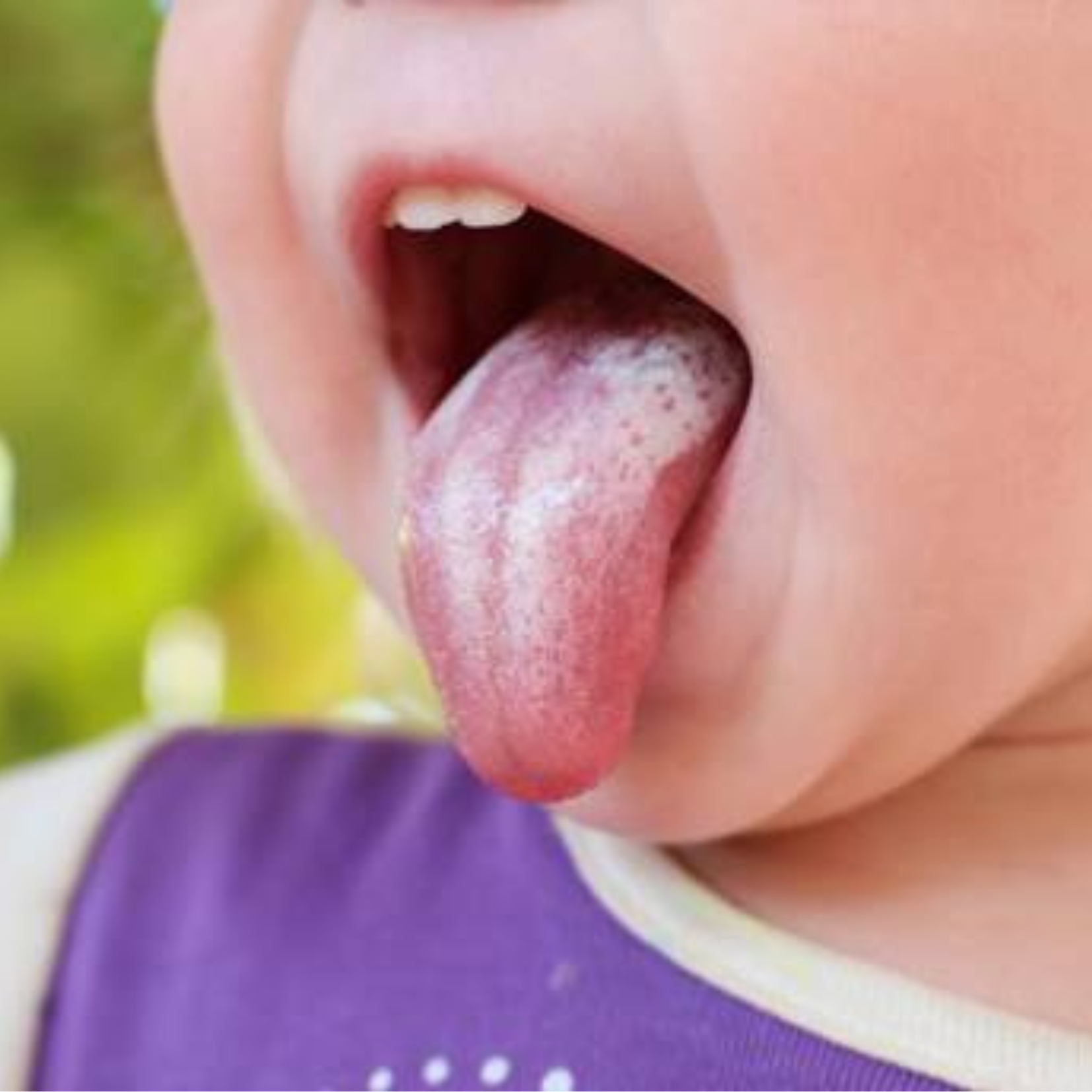Oral candidiasis is an oral infection, caused by the fungus Candida albicans, popularly known as “thrush”. Very common in the first year of life, it can also occur in older children. It is a benign pathology, which can be asymptomatic or cause pain and food refusal. It is caused by the growth of this fungus in the oral mucosa due to an imbalance in its normal flora.
Diagnosis?
Observation of lesions – white plaques with a “curdled milk” appearance, difficult to remove, and which, when removed, leave a reddish background.
Why is oral candidiasis so common?
The fungus Candida albicans is present in small quantities in the flora of the mouth and remaining digestive tract, as well as in the genitourinary system of healthy human beings, without causing disease.
It is generally contracted during birth as the fungus is present in the mother’s vaginal mucosa. Still, it can also be transmitted through unsanitized material (such as bottles, pacifiers, toys, etc.), contaminated hands, and even during breastfeeding due to candidiasis in the mammary gland. In situations where immune defenses are reduced, such as the use of antibiotics or inhaled corticosteroids, the fungus can multiply locally, causing an imbalance in the normal flora and can cause infection.
People with a weakened immune system are more likely to develop the problem. It is also quite common in babies under six months of age, as their immune system has not yet matured.
Symptoms in babies:
- White dots or plaques with a curdled cheese appearance, on the lips, tongue, roof of the mouth, gums, tonsils, or the inside of the cheeks;
- Cracked skin in the corner of the mouth;
- Redness in the mouth;
- Bleeding from the affected area of the mouth, when trying to clean the white spot;
- Constant crying,
- Irritation or agitation;
- Difficulty swallowing;
- Decreased appetite.
Prevention and treatment:
- Clean all objects that come into contact with the baby/child’s mouth: pacifiers, teats, toys, cutlery, among others;
- Clean the baby’s mouth to remove milk residue, for example, using a compress soaked in saline solution or giving him boiled water (to eliminate potential microorganisms that could worsen the infection);
- Always wash your hands after contact with the baby/child.
- In breastfed children, wash the breast after each feeding. See a doctor if symptoms such as red, cracked, itchy nipples or pain appear when breastfeeding.
- You should discuss the treatment with your pediatrician or dentist.




